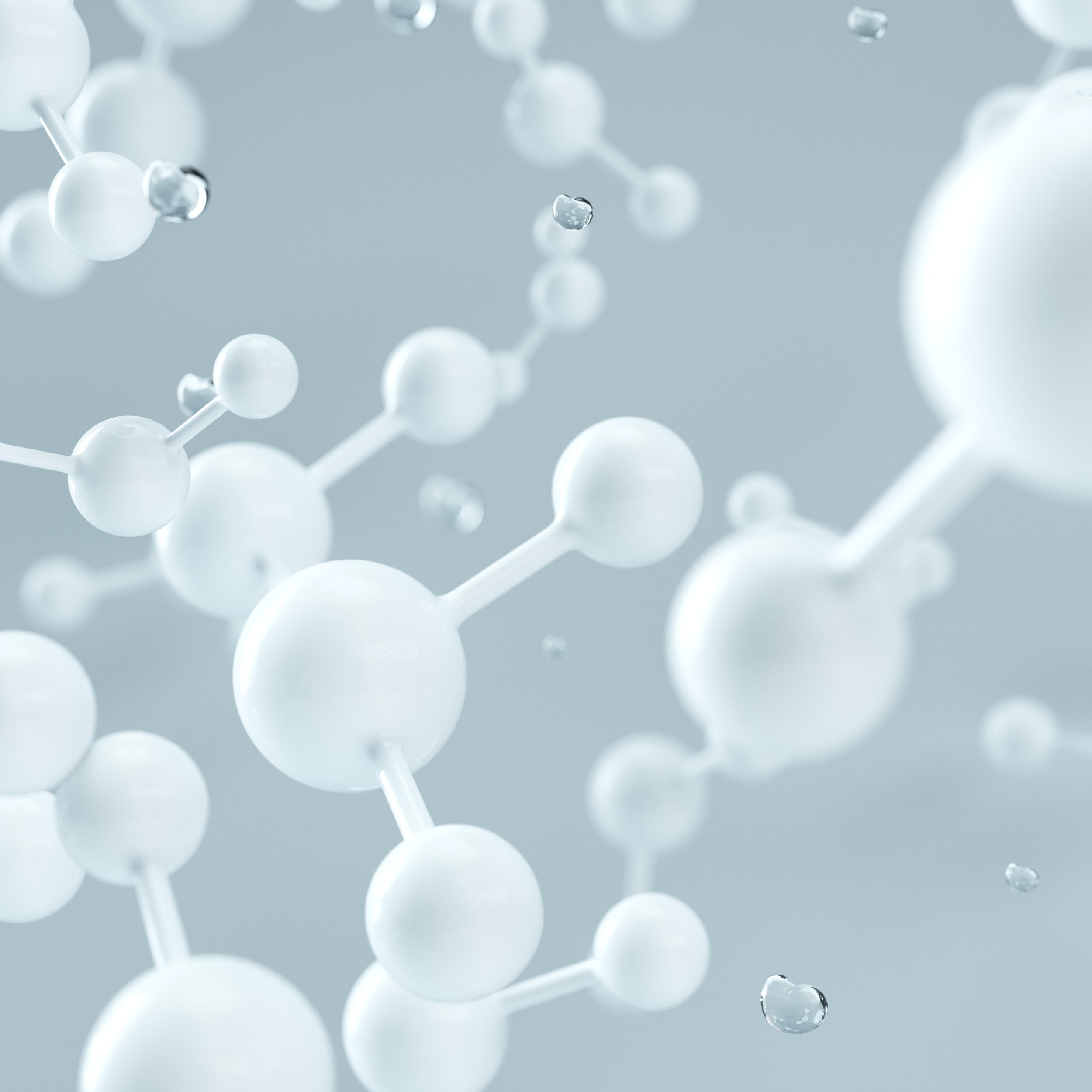
PRODUCT CODE: HEPMICE
Human Liver Chimeric Mice (HepMice)
Mice model with human liver system
Ideal for: Metabolic disorders, Drug metabolism and pharmacokinetics (DMPK) and hepatitis viral infection
READ MORE ABOUT ITS APPLICATIONS IN
HepMice are a human liver chimeric mouse model with a stably reconstituted human hepatocytes. HepMice serve as an ideal in vivo animal model for research in human hepatotropic infectious agents, metabolic diseases and toxicity. HepMice are constructed by engrafting human hepatocytes into immune-deficient, fumarylacetoacetate hydrolase (FAH)-deficient mice. It takes 14-16 weeks to generate HepMice repopulated with more than 70% human hepatocytes. HepMice have a typical lifespan of 18-20 months and the engraftment of human hepatocytes is sustained throughout the animal’s lifespan. Besides in vivo disease modelling, fresh and platable human hepatocytes can also be isolated from HepMice for in vitro applications. The dual applications of HepMice, in vivo and in vitro, ensures that the quality of human hepatocytes used in both settings are consistent and not be compromised by freeze-thaw when using standard cryopreserved human hepatocytes.
How is it constructed?
HepMice is created by engrafting human adult hepatocytes into our proprietary FAH knock-out mice (Fah–/–Nod-Scid-IL2rg–/–). This process involves hepatocytes isolation, Injection, replacement and cell maturation, which takes approximately 3-4 months for the complete development of a functional human hepatocyte system before they can be used for studies.
Features of HepMice
A.
Human albumin detected in serum after 8-12 weeks of hepatocyte transplantation
Hepatocytes are the main cells in the liver that are responsible for a variety of functions, including the production of albumin, a protein that helps to maintain the fluid balance in the blood. The levels of human albumin in the serum were measured at 8-12 weeks to measure the reconstitution levels of human hepatocytes in HepMice. Level above 1mg/ml of human albumin in serum acts as an indication of 70% human hepatocytes reconstitution.
B.
Purity of human hepatocytes isolated from HepMice
Level of human hepatocytes increased to 70-90% in HepMice over time. The purity of human hepatocytes isolated. This high level of purity suggests that HepMice can be used to study the function of human hepatocytes in a more controlled environment.
C.
Liver functions – Phase I Cytochrome P450 metabolism
CYP3A4 is an important enzyme that is involved in the metabolism of approximately 45-60% of currently prescribed drugs. Human hepatocytes isolated from HepMice is capable to be induced by rifampicin, a well-known CYP3A4 inducer. Meanwhile, maturation of the hepatocytes was confirmed with RT-PCR analysis on hepatocyte-specific gene markers such as cytokeratin 18 (CK18), α1-Antitrypsin (A1AT) and CYP1A2 genes
This suggests that HepMice and isolated human hepatocytes can be used to study the metabolism of drugs in a living and in vitro system.
Figure: Lipid (Oil Red O) staining microscopy images of fresh-hepatocytes after 24 hours of oleic acid (0µM, 40µM and 200µM) treatment
D.
Disease Modelling
The accumulation of lipids in hepatocytes is a hallmark feature of fatty liver disease. Treatment of human hepatocytes with increasing concentration of oleic acid for 24 hours increased the number and size of lipid droplets, hence demonstrates the usefulness of human hepatocytes for NAFLD/NASH studies.

Given the complexity of human disease, in-depth knowledge of each model is key to success in pre-clinical studies. Invivocue offers tailor-made study designs to suit your research needs.




